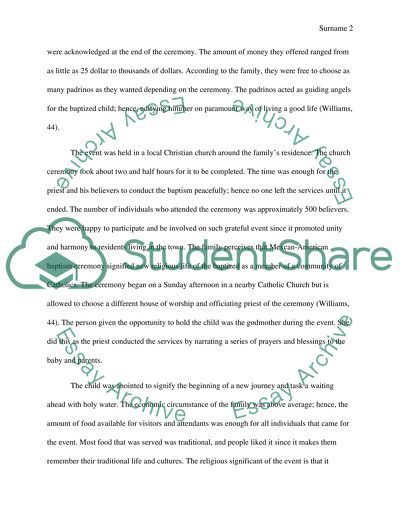Cite this document
(“An ethnographic analysis of a Mexican American Family Case Study”, n.d.)
Retrieved from https://studentshare.org/sociology/1399638-mexican-american-study
Retrieved from https://studentshare.org/sociology/1399638-mexican-american-study
(An Ethnographic Analysis of a Mexican American Family Case Study)
https://studentshare.org/sociology/1399638-mexican-american-study.
https://studentshare.org/sociology/1399638-mexican-american-study.
“An Ethnographic Analysis of a Mexican American Family Case Study”, n.d. https://studentshare.org/sociology/1399638-mexican-american-study.


